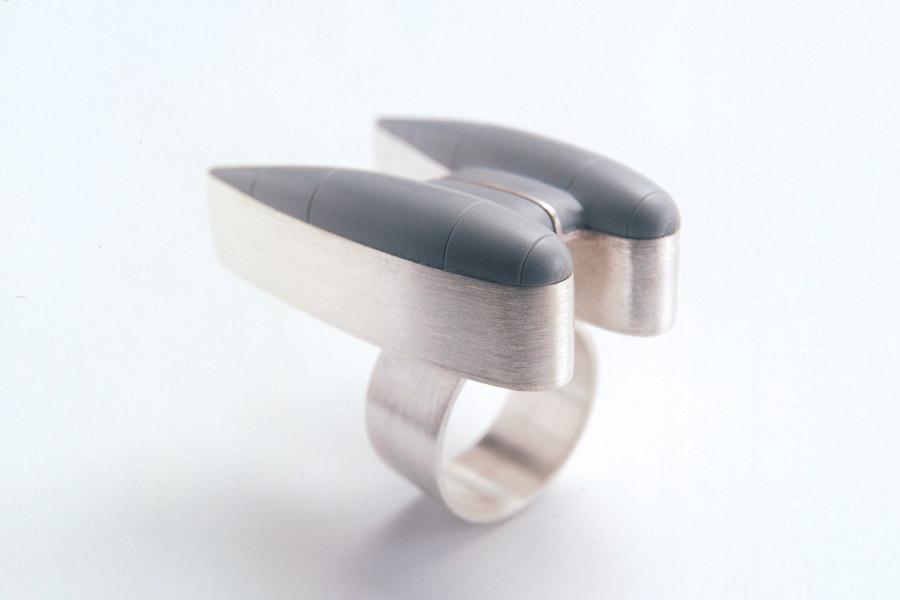
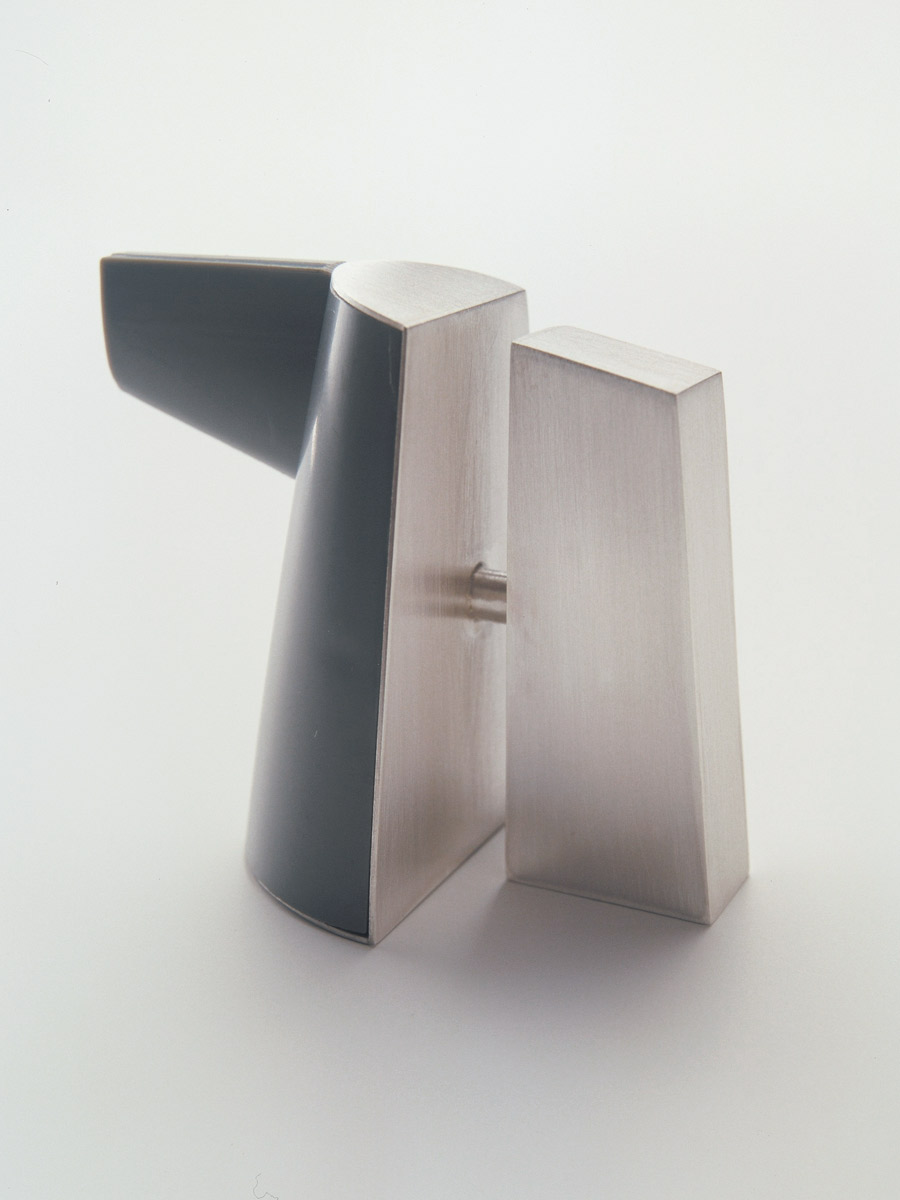
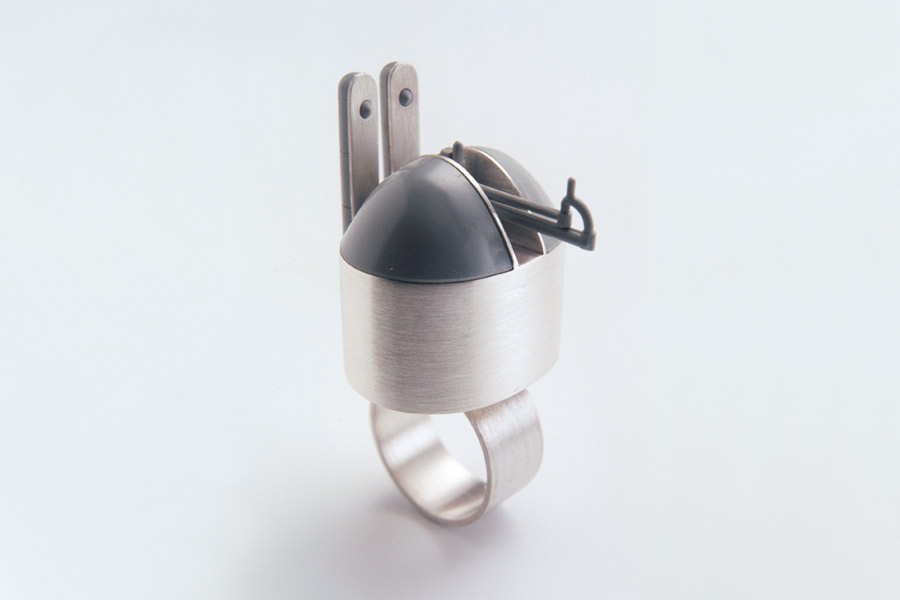
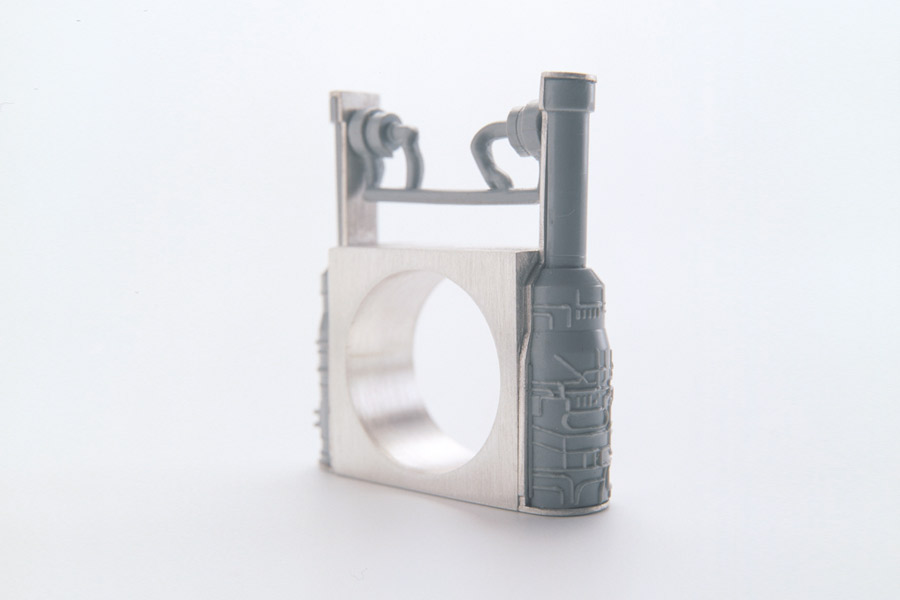
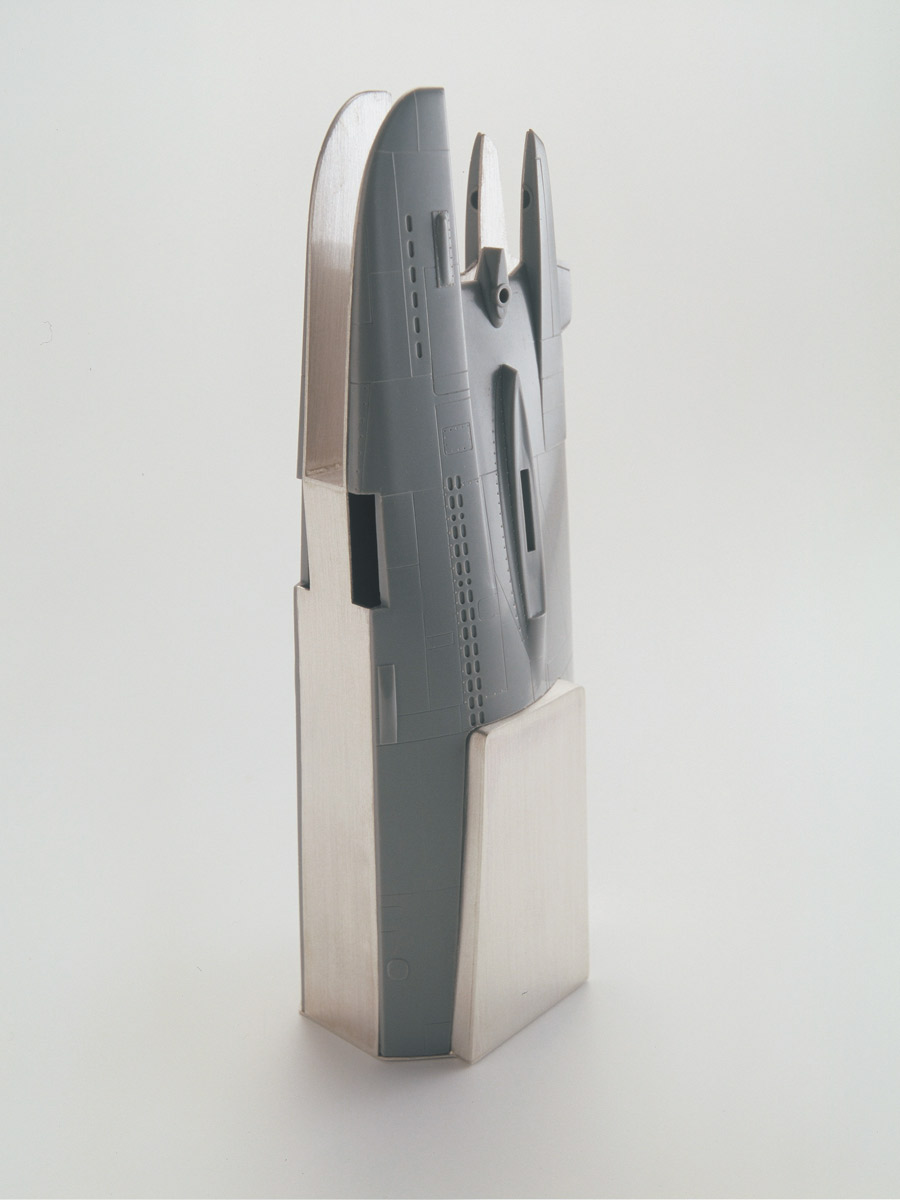
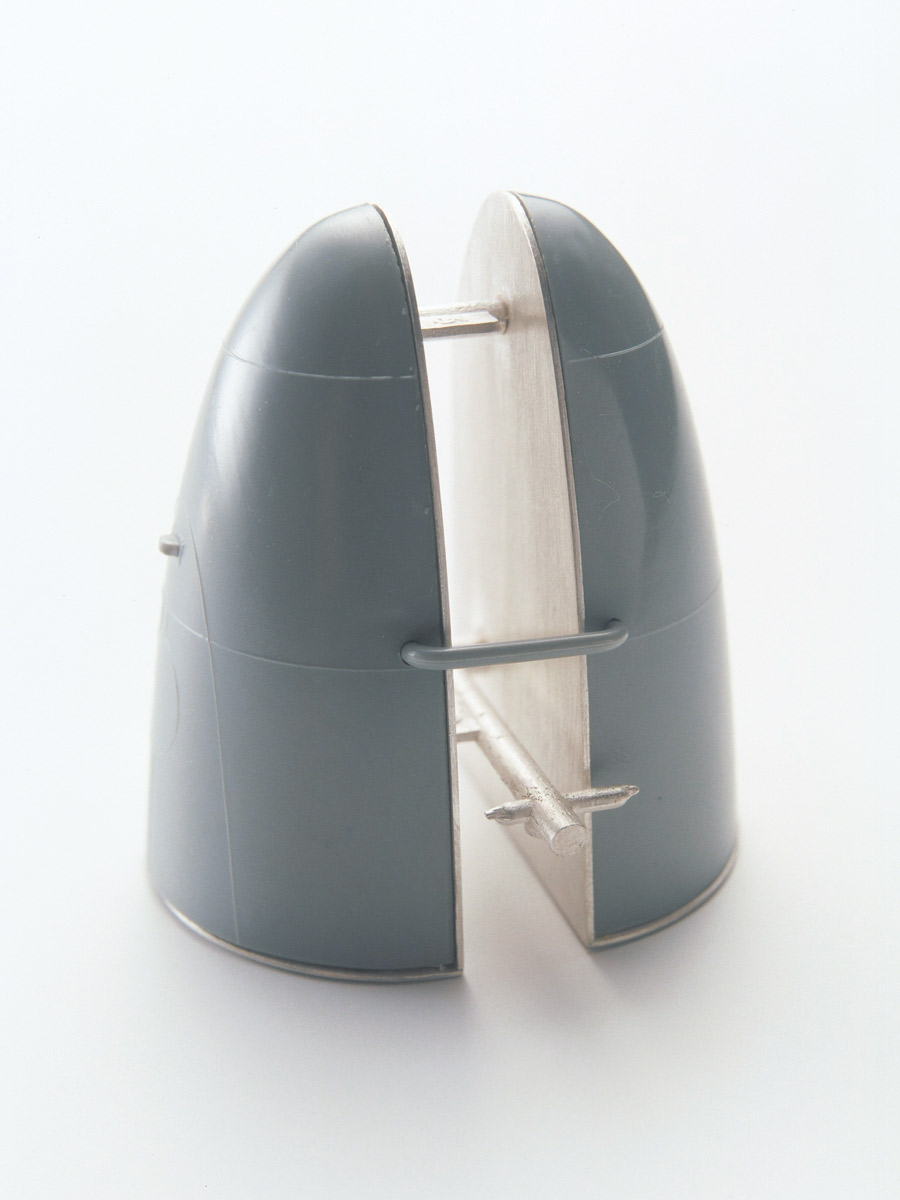
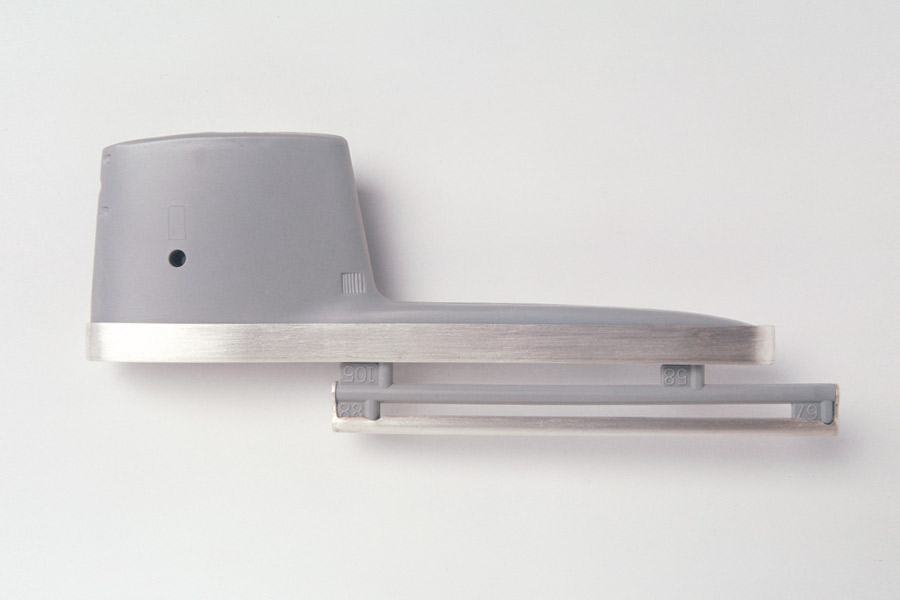
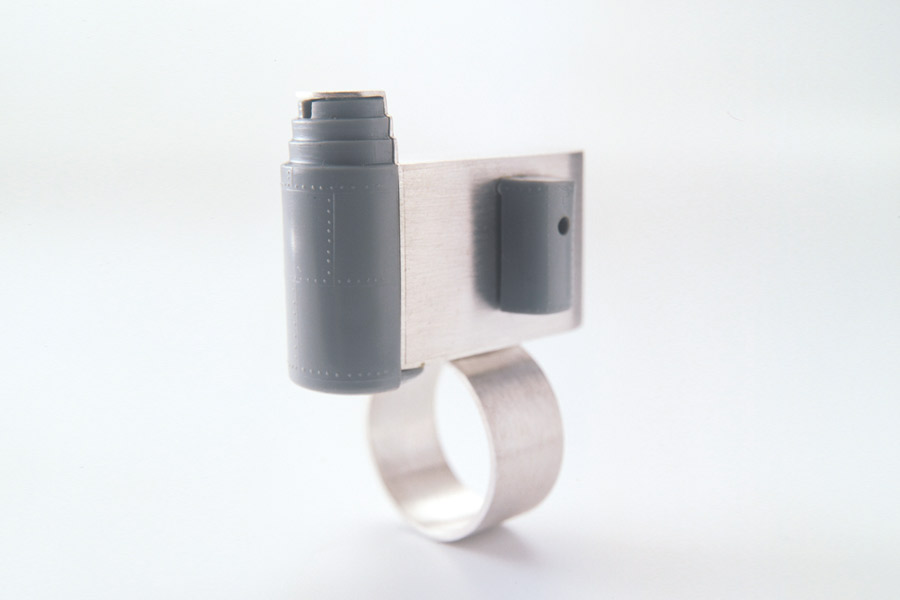
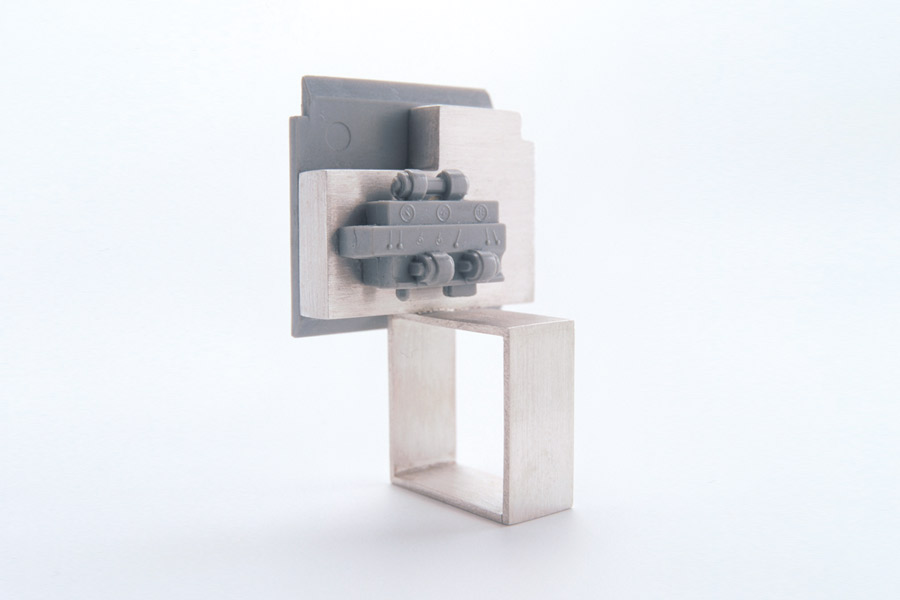
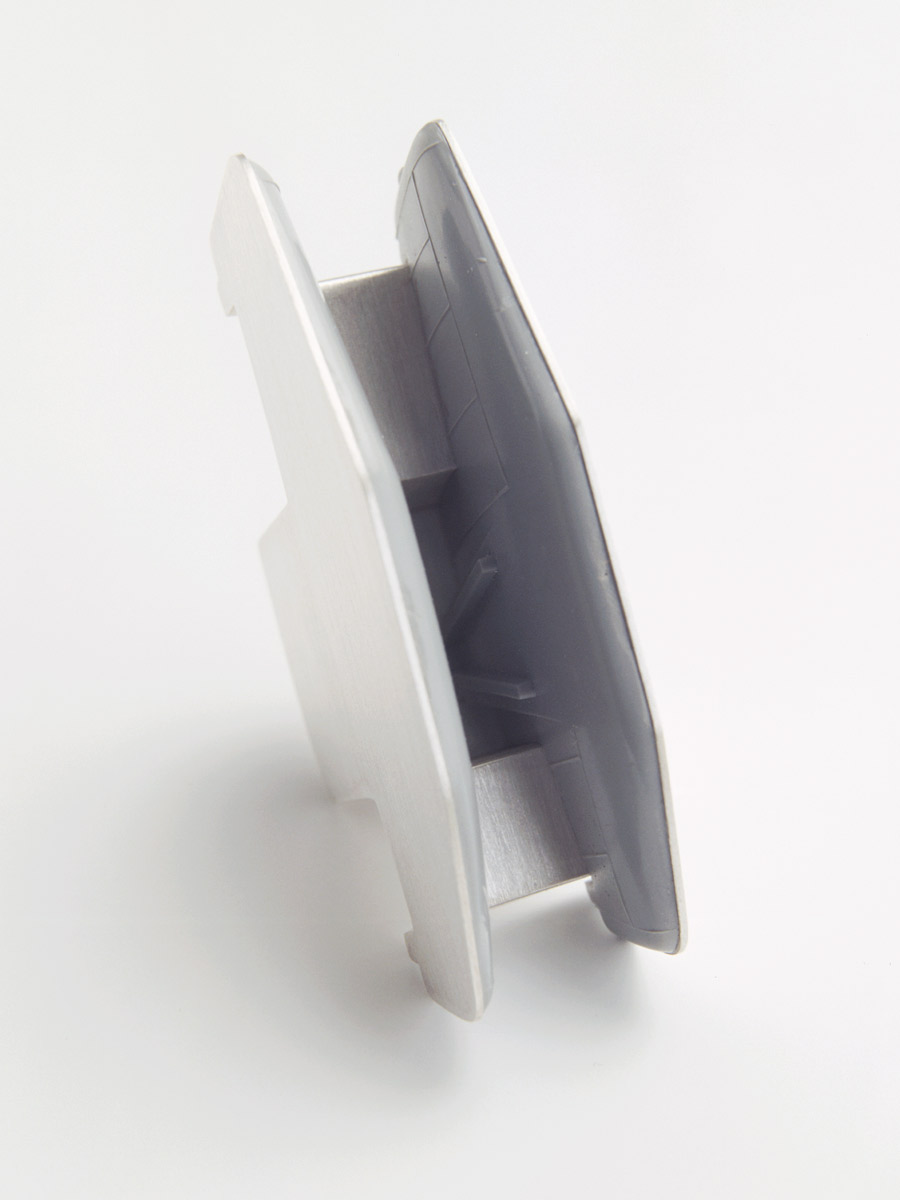
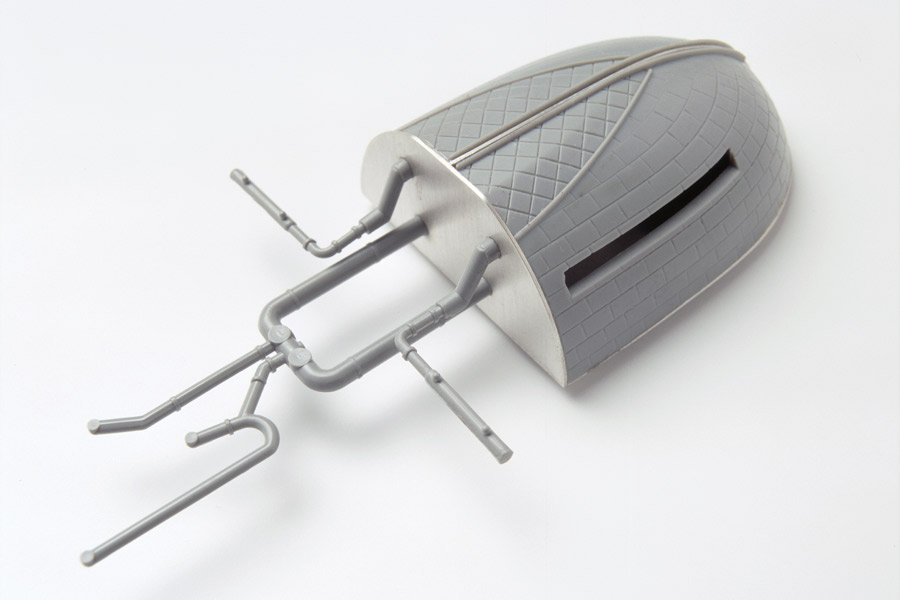
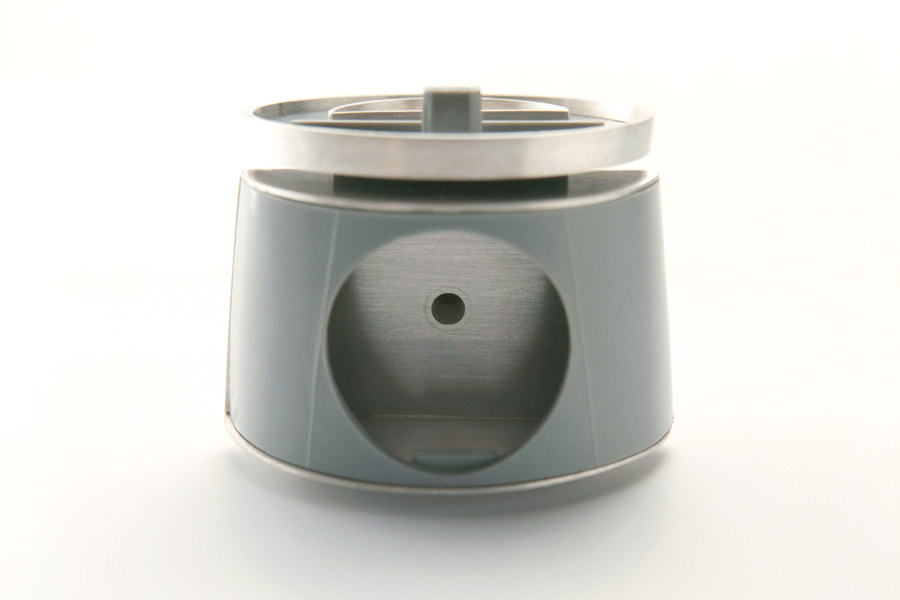
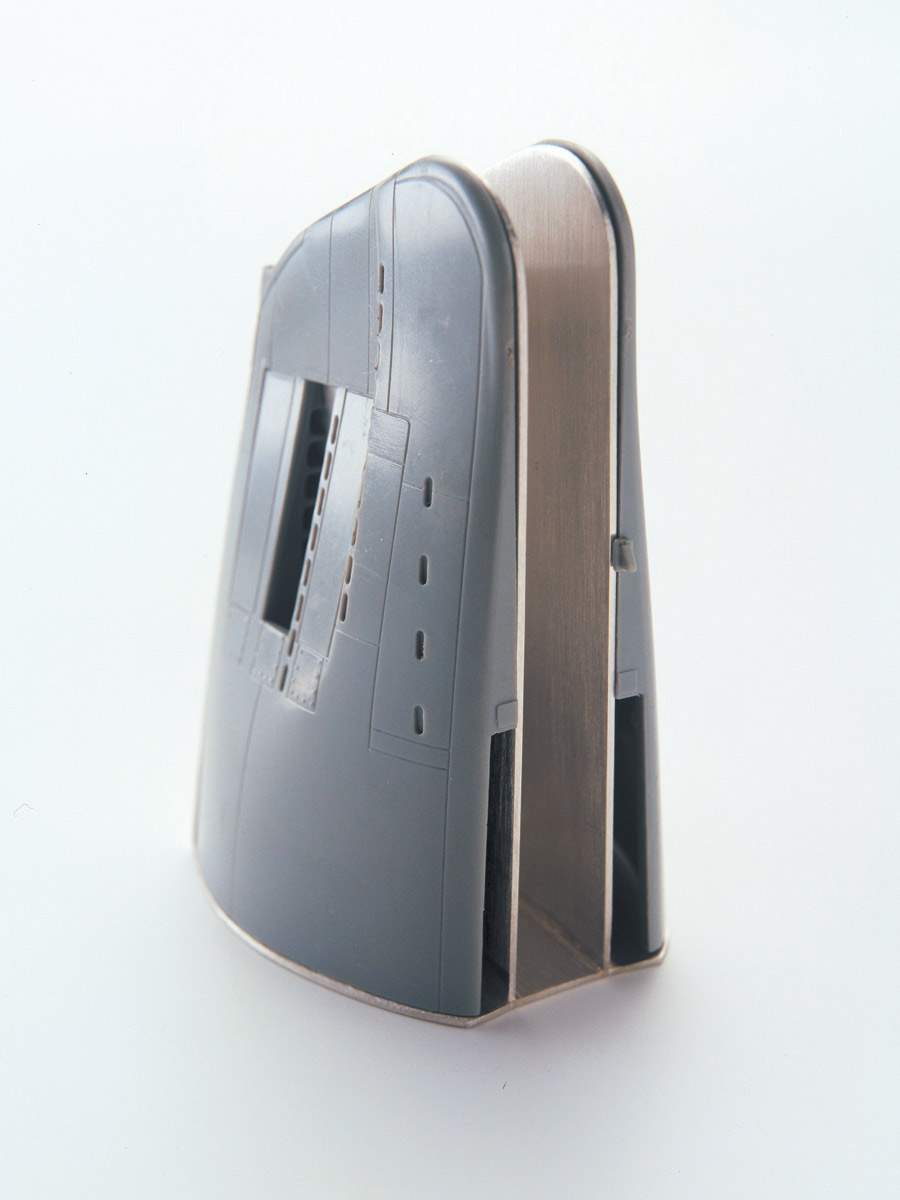
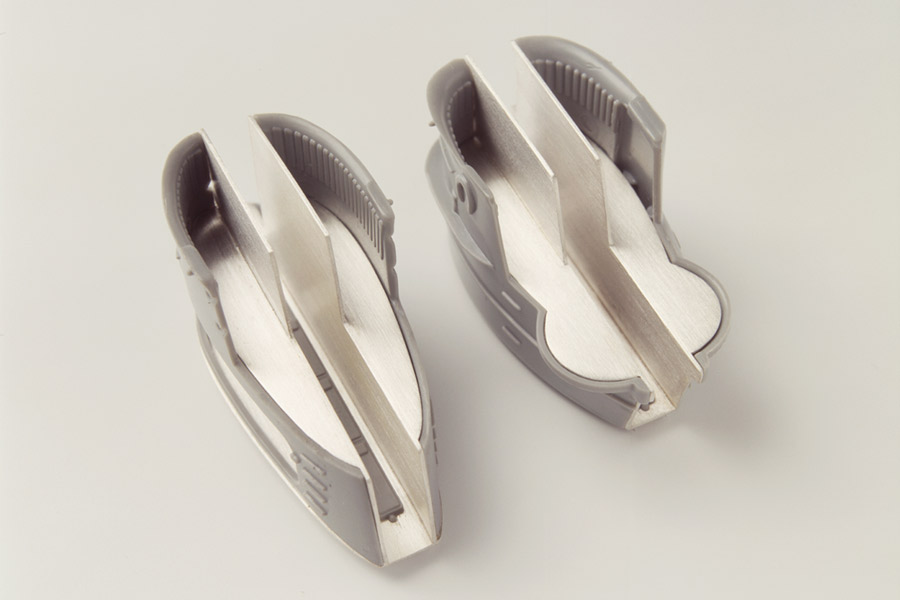
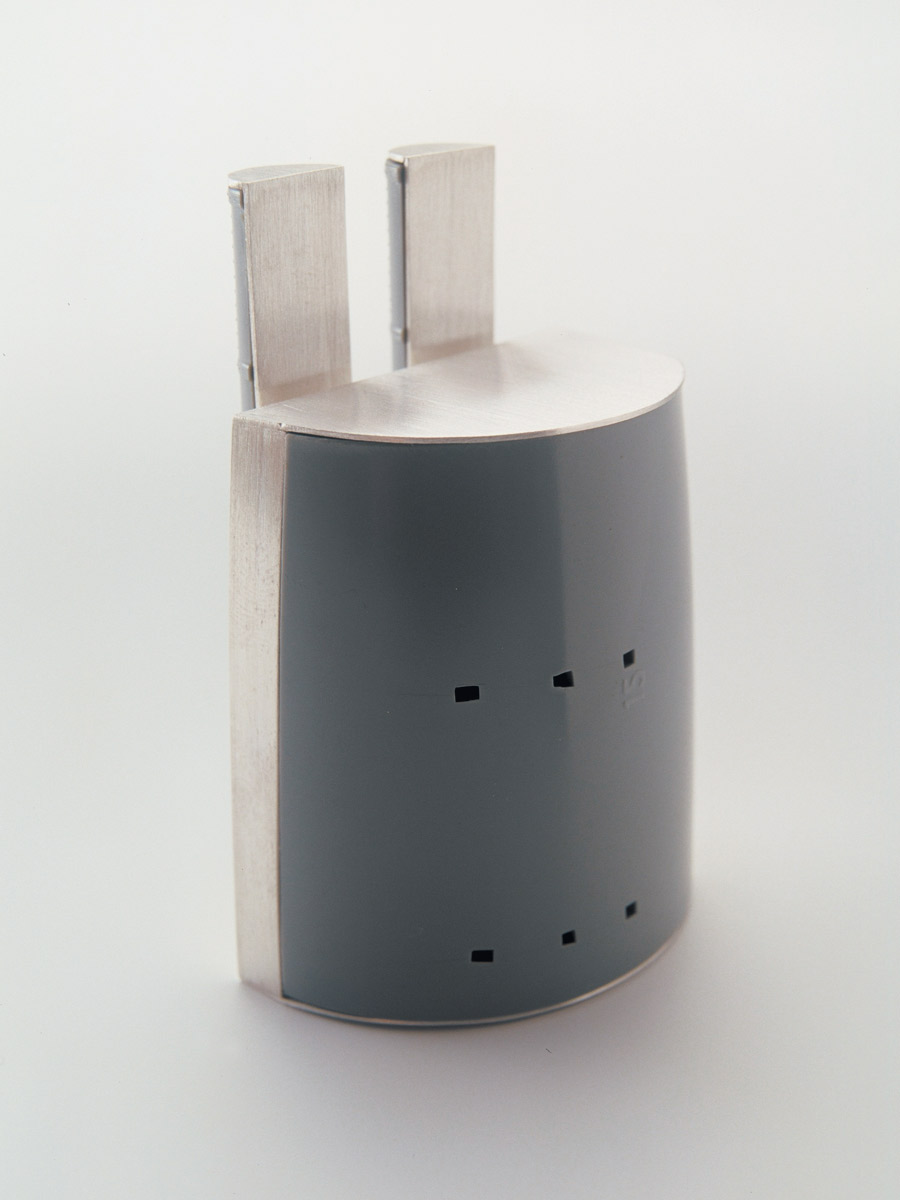
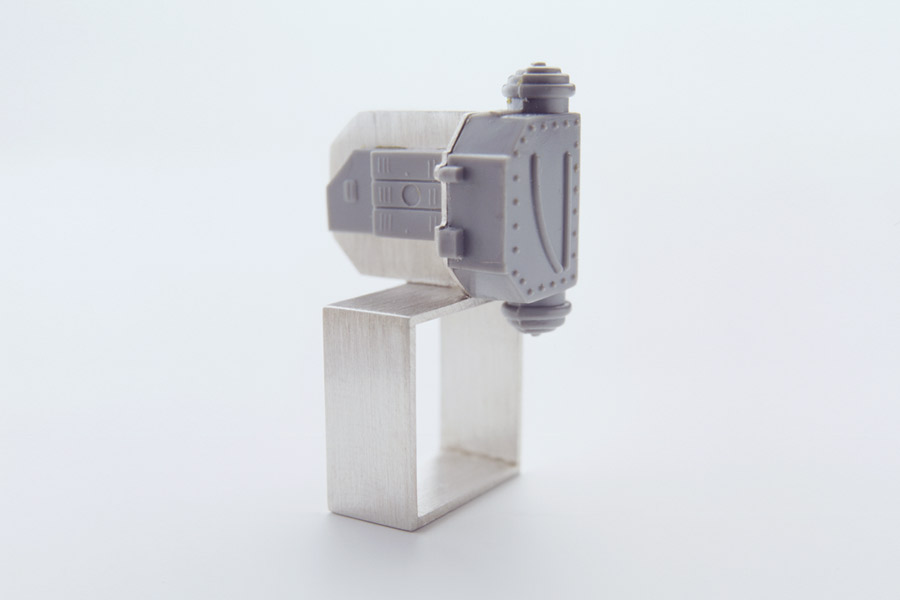
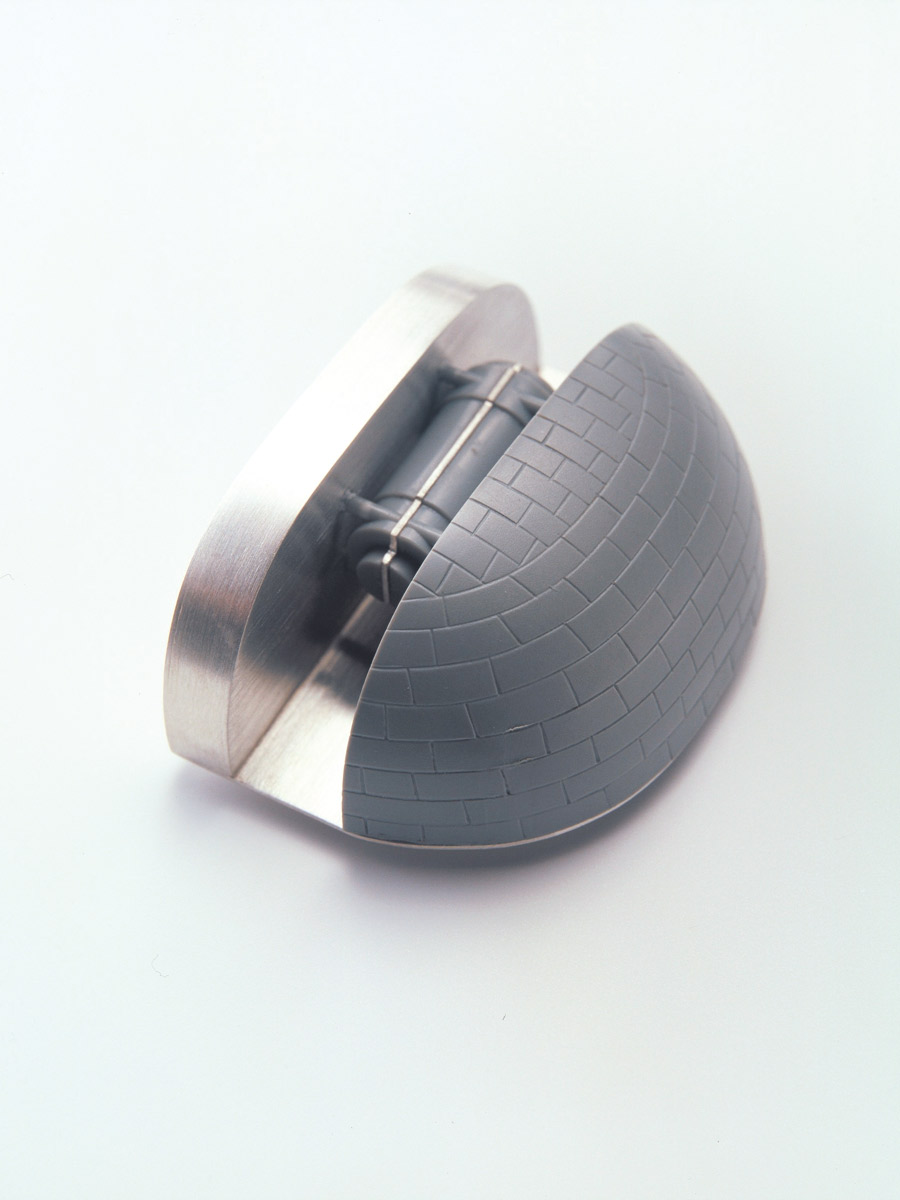
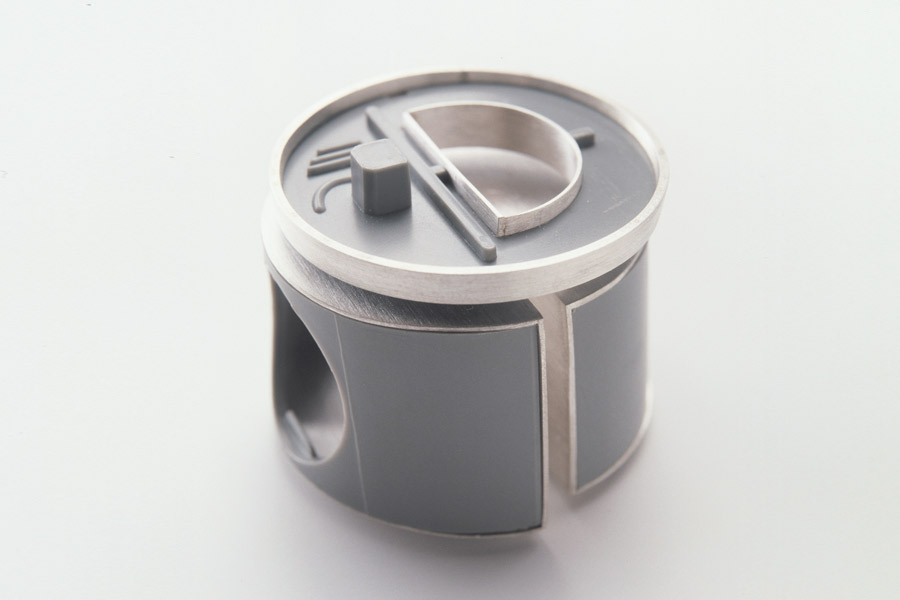
| Machines
Are Us Why make new things when there are so many around already? Judging from the rise of methods that incorporate the use of pre-existing works and objects in the artistic process, many artists, designers, and makers appear to be asking themselves this question today. In many directions, one sees the role of traditional artistic production being taken over by post-production, or manipulation of appropriated material. The new ways of working, however, cannot be reduced to a single formula; they proceed from a variety of starting points and motivations. In some of contemporary art's post-production projects using commodities, there is an undercurrent of ecological concern, critiquing the capitalist society's inbuilt tendency to overproduce. In others, we see a playful interest in the symbolism and meanings invested in the things we live with. When this is the case, pre-existing products are approached as carriers of information, stories, or emotions that can be tinkered with and even twisted. Removed of their original connexions, however, thus eluding any prospects for unmediated recognition, ready-mades often cause a break in the patterns of understanding that guide our daily life. Details and connotations previously unnoticed in our everyday objects and occurrences might then come into sight, giving us fresh eyes to view their contexts with. In Katja Prins' series Machines Are Us (2004), parts of industrially manufactured plastic objects are carefully joined with geometrical silver structures. The forms are elegant and streamlined, placing the works clearly within the aesthetics of modernity as it has become known to us from 20th-century design and architecture. At the same time, however, the pieces seem less obvious as well, offering only vague cues as to the origin and uses of the plastic elements included. Somehow recognisable still, the forms thus end up closed off and confusing. Starting out by this way disrupting and destabilising the commonplace, the objects and jewellery pieces in the series then bring a rich array of further themes into play. Among these we find the meaning of materials and techniques, the legacy of modernity, and the interaction between technological systems and living organisms, recalling cybernetic speculation. As often in jewellery, small concentrated works, when inspected more closely, reveal a content that goes far beyond the physical confines of their boundaries as objects. As a first thing, we may note that the difference in the value of the two materials used is in no way underlined. This is unlike in numerous other examples of contemporary jewellery, which for their effect still draw heavily upon the contrast, so important for the first generation of avant-garde jewellers, between high and low, precious and non-precious. In Machines Are Us, the silver and the plastic do not run counter to each other; they reference no hierarchy of materials. Even if the formal qualities of the two materials differ, along with their historical connotations, the industrially shaped plastic elements do not come across as something alien to the pieces' carefully crafted silver parts. Greyish in colour and low-key in character, the jewellery objects speak not so much about contrasts as about subtle correspondences and overlaps. They are one of the many instances in contemporary crafts where hand-making and industrial manufacture cross paths, not expressing a conflict but tracing the ambiguous links between these fields. The plastic elements of the pieces have the character of fragments; one can easily see that they have been cut out of a larger object. Symmetry is a feature recurring in the Machines Are Us series, indicating that, in their design, the original plastic objects adhered to a formal logic. While from one perspective this logic then appears affirmed by the jewellery pieces' symmetrical composition, it in the next moment becomes immediately interrupted by the fragmented, puzzled expression of these same pieces. They sometimes have the likeness of parts belonging to functional devices, yet without these functions involved ever becoming clear. Like all fragments, they also evoke the image of something else, something grander of which they are only a small part. It is as if we stumble on an assemblage of relics left behind from the modern project - remnants of discarded machines, buildings, and infrastructure. The technological utopia has not imploded in a chaos here, but has been patiently deconstructed and reduced in scale. Detached and diminished, these symbolic leftovers from last century's dreams of progress have then been made into ornaments to wear. But the cultural transformation of the engineered, rational forms - from the mechanical body of society to the ornamented body of the individual - also mirrors another theme telling of our time, namely, medical technology. Many of utopian ideas emerging around us focus not on our built environment, but on the possibility of perfecting the human body itself. Interest in the interrelation between living organisms and the various technological extensions that can be applied to them has been a recurrent feature implicit in Katja Prins's work, coming powerfully to the fore in Machines Are Us. Making additions to the body is nothing new, and some would even argue that every tool we use acts as a body extension. There is a significant difference, however, between temporary tools and extensions of a more permanent character. One should also distinguish between prostheses such as false teeth and wooden legs and sophisticated electronic implants such as those developed in the recent decades, which do not mimic body functions but rather influence and control them. The pacemaker, an electronic device for controlling the rhythm of the heart, was introduced already in the 1950s. We have also seen the introduction of the cochlea implant, making it possible for deaf people to experience a sense of sound, not through acoustic amplification as in traditional hearing aids but through direct electronic stimulations of auditory nerves in the ear. Sounding not so abstract any more, some futurologists even speculate about cybernetic brains that come with memory backups supplied, or are logged directly onto society's collective information system. A little less science-fiction-like, hospitals are increasingly using information technology to control and monitor their patients' medical conditions. Step by step, our bodies become tangled up with cutting-edge technology, inevitably changing our notions of what constitutes a human being and her way of being in the world. Dystopian fantasts might fear for a future in which the body and the machine have become homogenised to such an extent that one no longer can distinguish between the organic parts of the body and their technological extensions, or between the human being and her bioengineered replicants. In her jewellery, Katja Prins passes no judgement on the direction of these developments, preferring to simply draw our attention to them. The small, detailed objects that make up her Machines Are Us series can be interpreted as a collection of mock body implants. In fact, even her method of working, combining traditional craft skills and craft materials with objects that bear connotations to industry and modernity, serves as a metaphor for the marriage between the organic and the technological, which is also the hallmark of the cyborg, the human-machine. And when one realises that the plastic elements in Machines Are Us have all been sourced from model submarines, yet another facet is added to the work. Just like submarines hiding unseen beneath the water's surface, medical technology implants are concealed from our gaze in their positions inside the body. Moreover, what submarines are is an evasive threat, silently lurking in the darkest depths of the uncharted waters - just as in the representations of mass-market cinema à la The Enemy Below and Danger beneath the Sea. An early example of popular fiction's fascination with these vessels is Jules Verne's Twenty Thousand Leagues under the Sea (1870), in which what is initially believed to be a giant whale making the oceans unsafe turns out to be a high-speed submarine instead. In this story, mariners are no longer threatened by sea monsters conjured up by the imagination, but by a man-made submarine - an uncanny offspring of modernity - under the command of the enigmatic Captain Nemo (Latin for "no one"). In the exact same vein, current advances in medical technology can be apprehended as a distant threat, an uncontrollable force moving rapidly forward with no one at the helm, but nonetheless with the potential to alter the very foundations of our life. Although visually low-key, the works in the Machines Are Us series submit a wide variety of issues for our consideration. The changes and distortions during the transformation process moulding the plastic models into jewellery pieces open up perspectives on a whole gamut of issues, from the material presence of an individual object to the vastness of society as a whole. At the heart of it all lies the relationship between humans and their things, and the human body's place in the world. Moving about this problem field, illuminating its issues from various angles, Katja Prins (not without a hint of irony) points to the fact that the things we live with are no more a matter of our domestic homes but are becoming a part of the biological bodies we inhabit as well. Love Jönsson, art historian and teacher at the school of Design and Crafts at University of Gothenburg, SE Photography: Eddo Hartmann |